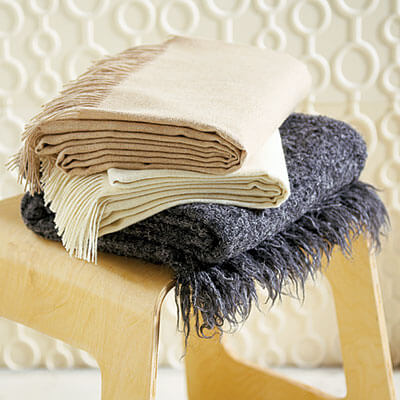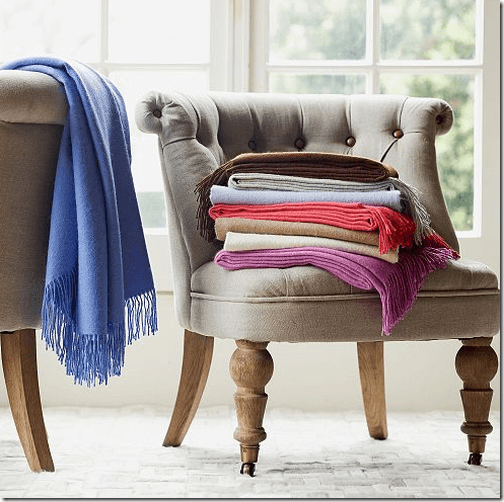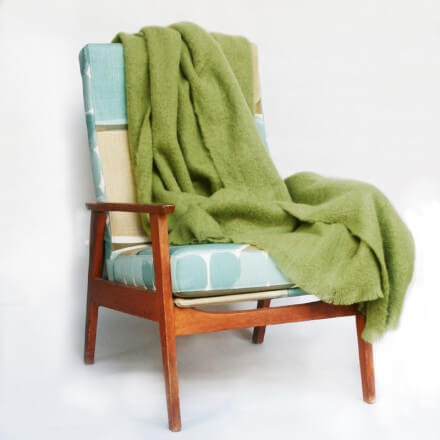Every autumn and winter, lots of people look for at least one or two additional layers to put on in order to keep warm and stay healthy. Very often a layer of those is made from wool – sheep wool. Unfortunately, it is apparent that most people have never heard of alpaca wool, angora wool or cashmere wool.
Alpaca animal resembles a llama and both originated in the southern Andes, areas that today are part of Peru and Bolivia. In later years alpacas have been most successfully exported to many other countries – e.g. the United States, Australia, and are now bred for their exquisite wool.
Alpaca is known to be one of the world’s best fibers. Alpaca wool throws and other products are very soft; they do not have that itchy feel sheep wool items have, which makes one scratch and feel not very comfortable.

Alpaca wool is also less dense than sheep wool, and therefore lighter and more breathable. But it actually insulates better than the sheep wool with which most people are accustomed to. 100% alpaca throws and blankets (and other products for that matter) do not contain lanolin, which makes them hypoallergenic. This also results in higher that alpaca wool moisture absorbency, unlike traditional sheep wool which is a lot more water repellent.
Lots of different products are made of alpaca wool: blankets, throws, hats, scarves, sweaters, gloves, socks etc. Alpaca fibers are classified into more than 50 natural colors in Peru (16 in the United States and only 12 in Australia).

When planning to purchase an alpaca throw or blanket, be careful as there are many of them referred to as made of alpaca wool, but are actually made from other wool types or blends.

